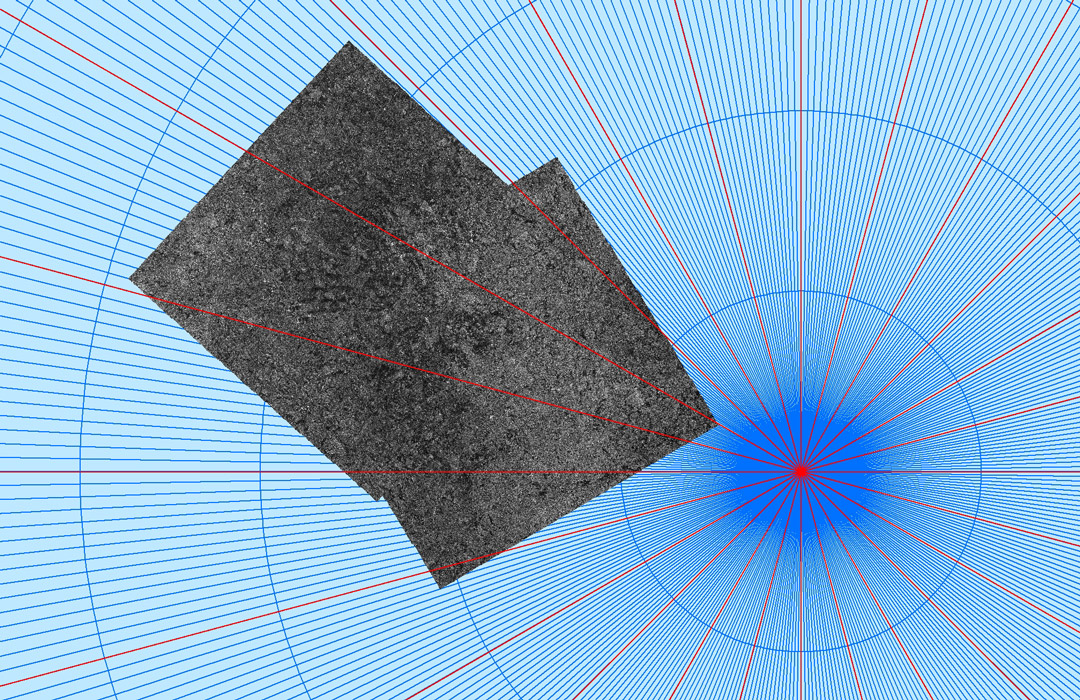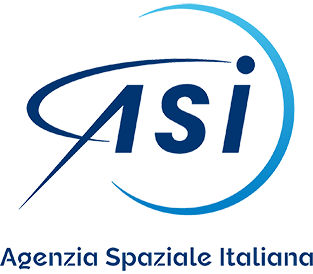Straight to the North Pole Without Losing Your Way, Thanks to the Italian COSMO-SkyMed Constellation

The eyes of the Italian Space Agency satellites traced the path of the Transglobal Car Expedition while it’s moving to the Arctic stage, providing an image a day to orient explorers in the circumnavigation of the Earth.
Rome, April 2 2024 – Eight men and four heavy vehicles are the components of a caravan aiming to circumnavigate the Earth by crossing both poles in 18 months, starting from New York. In their Arctic crossing, they will navigate through ice thanks to the careful eyes of the COSMO-SkyMed satellites, which, since March 29, are providing the indications needed to choose the Transglobal Car Expedition route.
The COSMO-SkyMed constellation images with their high quality enable the crew to move over the ice with precision and safety, an essential and unique support unsuccessful to other satellite systems.
This is a first for images of this kind!

The Italian Space Agency (ASI) with the operational support of e-GEOS (Telespazio/ASI), the worldwide exclusive dealer of COSMO-SkyMed data, is programming and providing a 200×200 Km swath image per day using the upgraded performance of the system second-generation. Based on these images, the expedition is able to choose the most effective and best route to get to the North Pole and then reach Greenland.
The Expedition, after a deep analysis, has found in the Italian constellation a suitable partner to satisfy both the observation needs and the data provision to support the choice of a safe route.
Since March 29, the Italian Space Agency made the COSMO-SkyMed acquisitions available, providing images of Arctic explorers at very high latitudes thus identifying the best direction to reach the pole.
The Expedition will cross both the geographical and magnetic poles. The aim is to collect ice thickness data both of the North and South Poles and data on the cosmic radiation flux coming from distant regions of our Universe, on light pollution and concerning the study of human physiological changes in extreme environments. The mission scientific program is characterized by the full respect for environmental sustainability by using ad hoc equipments and mobile vehicles and provides the measurement of crucial parameters for the understanding of the last 5-10 years climate change, which is warming up our planet like never before.
COSMO-SkyMed is a constellation of X-Band satellites developed by the Italian Space Agency in cooperation with the Ministry of Defense, with the first satellite launched in 2007: a spearhead in the Earth Observation domain that today has five satellites operational, 3 of the first generation and 2 of the second one, and that soon will be integrated with two additional satellites.

